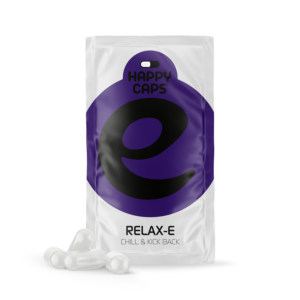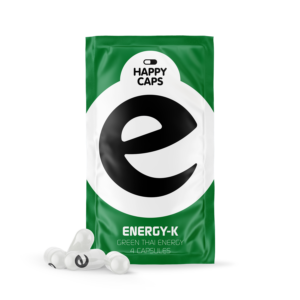Kratom is one of the most talked-about — and misunderstood — plants in the natural supplement world. Sourced from the lush forests of Southeast Asia, Mitragyna speciosa offers a rare duality: stimulating in small doses, calming in larger ones. Whether you’re seeking natural focus, mood support, or body relief, Kratom has something to offer. In this blog, we explore 4 powerful effects of Kratom and how to use it with awareness and intention.
Estoy buscando...
Tienda
Tapas
Aerosoles
Vapes
Trufas
Cápsulas
Elige un ambiente:
Descubra más:









